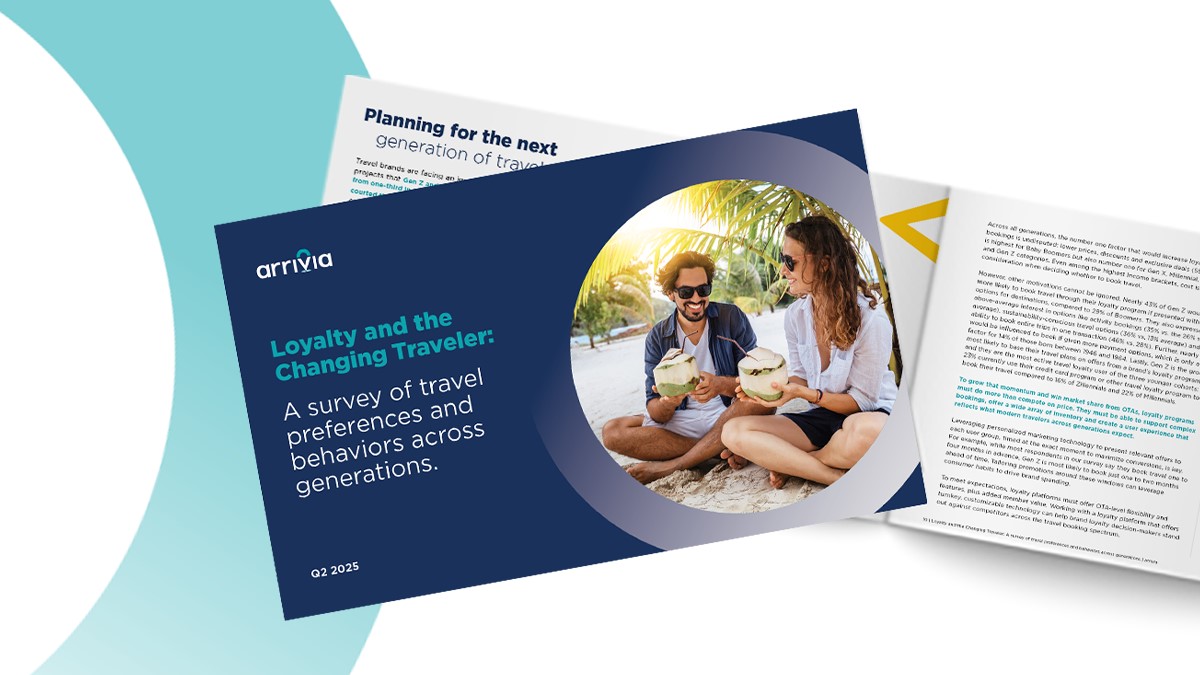In the competitive arena of customer retention, customer loyalty analytics emerges as a pivotal force, enabling businesses to decipher complex consumer behavior and craft loyalty programs that resonate well. By tapping into the wealth of data generated through customer interactions, companies can forge stronger connections, predict future trends, and tailor their rewards to meet evolving preferences. This strategic use of data enhances customer satisfaction and drives sustainable business growth.
Why Loyalty Program Data is Crucial for Businesses
Loyalty programs often track customers’ purchases to reward them with points or discounts. This data provides insights into purchasing habits, product preferences, and spending patterns. It enables brands to tailor marketing messages, optimize product offerings, and predict future customer behavior. Here’s how:
Understand Customer Behavior through Program Data: Delve into how customers engage with your loyalty program. Do customers redeem points at the first opportunity, or do they save up for more significant rewards? Are there particular days of the week or times of the year when engagement spikes? Analyzing these behaviors can inform marketing campaigns, inventory management, and customer service approaches.
Identify Trends and Patterns in Loyalty Program Usage: Examine usage data to identify if there are emerging patterns that correlate with new product releases, service updates, or external events like holidays. Use this data to anticipate customer needs and preferences, adjusting the loyalty program in agile response to these trends.
Measure Customer Engagement and Satisfaction: Consider quantitative (participation rates, redemption frequency) and qualitative measures (customer feedback, survey responses) to assess satisfaction. What do the numbers say about the program’s performance, and how do they align with the anecdotal evidence from customer testimonials and reviews?
Evaluate the Success of Loyalty Program Initiatives: Critically assess the uptake of new initiatives. When a new tier or reward is introduced, how does it affect overall engagement? Is there a noticeable lift in program participation, or do specific initiatives fall flat, indicating a misalignment with customer expectations?
Key Metrics to Track For Customer Loyalty Analytics
The most valuable customers keep returning, showing loyalty to your brand. These loyal customers will keep returning for repeat purchases and recommend your brand to others as brand ambassadors. Having measurable information about customer loyalty can determine how effective your brand is when retaining customers. Here are some metrics to measure customer loyalty:
Loyalty Program Enrollment and Participation Rates
Program enrollment numbers are significant, but post-enrollment customer activity levels offer a more thorough and robust loyalty story. You can segment loyalty program enrollment and participation rates by demographics, location, or customer tiers to uncover where your loyalty program is most and least effective.
Customer Lifetime Value (CLV)
Customer lifetime value (CLV) is a metric that indicates the total revenue a business can reasonably expect from a single customer account throughout the business relationship. The metric considers a customer’s revenue value and compares that number to the company’s predicted lifespan. Calculate your CLV and analyze how loyalty program engagement affects this number. Does participation increase CLV, and if so, by how much? How does the introduction of new loyalty features have a direct impact on this value?
Net Promoter Score (NPS)
Using a two-question survey, the Net Promoter Score (NPS) measures customer experience and loyalty. The first question: How likely would you recommend my brand/product/service to a friend or colleague? (Answers are based on a 0–10 scale.) NPS is a critical measure of customer advocacy and satisfaction. Track the NPS to gauge the overall sentiment towards your loyalty program. An NPS can be segmented to discern differences across various customer groups or loyalty tiers, providing insight into the program’s impact on customer loyalty.
Redemption Rate and Frequency
The redemption rate is a metric that measures how many points have been redeemed for rewards with the total number of issued points in a certain period (month or year). In addition, this metric shows how successful the loyalty program is for customers, meaning whether they’re satisfied with the program’s offerings and whether they redeem points for rewards at even intervals. Investigate not just how often rewards are redeemed but also the context. Do redemption rates go up post-promotion or during certain times of the year? Does the type of reward redeemed align with customer segments or behaviors?
Reward Preference and Redemption Behavior
Understanding which rewards are redeemed most offers a window into customers’ wants and needs. Some questions to ask as you analyze this data include: Is there a preference for experiential rewards over monetary ones? How do redemption behaviors shift across different customer demographics or tiers within the program?
Churn Rate and Customer Retention
Customer retention rate is the rate at which a business keeps its customers within a given period of time. Think of customer churn rate as the opposite of retention rate. Where retention rate measures repeat purchases, user churn rate reflects how often customers stop doing business with you. It’s essential to look into the churn rate, specifically within the context of the loyalty program. Are customers leaving after a certain point in the life cycle, or is there a particular event that triggers a loss in membership? How do retention rates compare between those engaged with the loyalty program and those who are not?

Strategies for Collecting Loyalty Program Data
Incorporate Mobile Apps and Online Platforms: Digital touchpoints can be optimized to collect data while enhancing the customer experience. Specific customer actions can be tracked through these platforms, such as time spent on your website or app, what, if any, purchases were made, and what information was shared. The data can then be seamlessly incorporated into a larger analytics strategy.
Leverage Social Media and Online Review Platforms: Loyalty-related data, such as brand interaction, can be gathered from social media interactions and online reviews. Social media is related to sentiment analysis, which can provide a more comprehensive picture of customer perceptions and areas for improvement. Customer sentiment is an important metric that businesses can use to gauge and measure how customers feel and think about their brand. Measuring whether users have neutral, negative, or positive views about your company may seem simple, but customer sentiment can provide valuable direction to business strategies.
Use Customer Surveys and Feedback: A strategic approach to creating surveys that yield high-value data is critical to understanding your customers. Surveys should be designed and implemented with timing, question selection, and incentivization to encourage meaningful customer participation and feedback.
Interpreting and Analyzing Loyalty Program Data
Now, what will you do with the data once it is collected? Here are some methods for interpreting and analyzing loyalty program data.
Utilize Data Visualization Tools: A data visualization tool is a form of software that’s designed to visualize data. Each tool’s capabilities vary, but at their most basic, they allow you to input a dataset and visually manipulate it. Most, but not all, come with built-in templates you can use to generate basic visualizations. Interpret complex data sets to make them more intuitive, such as heat maps for identifying hot spots in customer activity or line graphs for showing trends in user behavior over time.
Employ Predictive Analytics: Predictive analytics is a branch of advanced analytics that predicts future outcomes using historical data combined with statistical modeling, data mining techniques, and machine learning. Companies employ predictive analytics to find patterns in this data to identify risks and opportunities.
Measure the ROI of Loyalty Programs: Loyalty program ROI is the ratio of the net profit generated by your loyalty program to the total cost of running it. It tells you how much you earn for every dollar you spend on your loyalty program. A higher ROI means your loyalty program is more profitable and efficient. A lower ROI means your loyalty program is less effective and may need improvement.
Elevate Your Customer Insights with arrivia’s Travel Rewards Platform
Understanding customers’ desires and behavior is crucial in tailoring experiences that foster loyalty and repeat business. With arrivia’s travel rewards platform, leveraging customer loyalty analytics becomes a seamless part of crafting compelling, personalized marketing experiences. Our dedicated in-house team uses the data harvested from your loyalty programs and your customers’ online interactions to devise targeted marketing campaigns that drive bookings, enhance redemptions, and amplify customer satisfaction. Learn more about what arrivia has to offer by visiting our product page.



